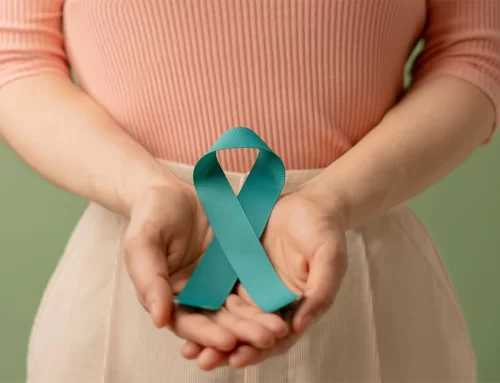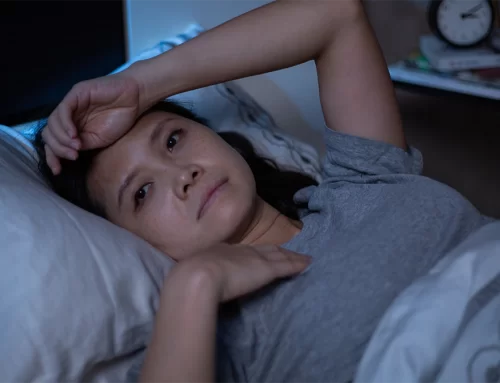Opioid use disorder affects millions of individuals and families across the U.S., but many people still don’t know where to start when it comes to getting a diagnosis or seeking treatment. Whether you’re looking for answers for yourself or a loved one, the right support begins with understanding the condition and knowing what options are available. From recognizing the signs to choosing a personalized care path, Taste Recovery is here to help you find the treatment program that best fits your unique needs.
What Is Opioid Use Disorder and How Is It Diagnosed?
Opioid use disorder (OUD) is a medical condition characterized by the compulsive use of opioids, even when they cause harm. It can result from both prescription misuse and illicit drug use, and it’s often misunderstood. Early diagnosis is crucial in preventing the condition from worsening and ensuring timely access to care.
According to the American Psychiatric Association, opioid use disorder involves a pattern of opioid use that leads to significant distress and impairment, often marked by a strong desire to use, inability to control use, and withdrawal symptoms.
Clinical Criteria for Diagnosing Opioid Use Disorder
A diagnosis typically involves a clinical evaluation using criteria from the DSM-5, including physical dependence, failed attempts to quit, and significant life disruption. Medical providers may also assess withdrawal symptoms and tolerance levels to confirm a diagnosis.
For a deeper dive into diagnostic criteria and how opioid addiction develops, resources like the Mayo Clinic offer helpful insights.
Who Can Provide an Official Diagnosis?
Physicians, psychiatrists, and addiction specialists are qualified to diagnose OUD.
Treatment Options for Opioid Use Disorder
Once diagnosed, individuals can choose from a variety of treatment programs. These options vary in intensity and setting, making it easier to tailor a recovery path to your lifestyle, responsibilities, and medical needs.
Levels of Care: From Detox to Aftercare
Treatment for opioid addiction may begin with detoxification to manage withdrawal symptoms safely. From there, individuals may enter inpatient rehab, partial hospitalization programs (PHP), or intensive outpatient programs (IOP), depending on the severity of the disorder.
-
Detox Programs: Supervised medical environments that focus on clearing opioids from the body.
-
Residential Treatment: 24/7 care with structured support for sustained recovery.
-
Outpatient Treatment: Flexible care models that allow individuals to maintain work and family life during treatment.
As explained by Johns Hopkins Medicine, treatment should be comprehensive and ongoing—addressing the physical, psychological, and behavioral components of addiction.
Medication-Assisted Treatment and Counseling
Medication-Assisted Treatment (MAT) uses FDA-approved medications like buprenorphine, methadone, or naltrexone alongside behavioral therapy. This integrated approach improves long-term outcomes and reduces the risk of relapse.
Individual and group counseling play a major role in helping people build coping strategies, address underlying mental health issues, and rebuild personal relationships throughout recovery.
How TasteRecovery.com Helps You Find the Right Treatment
Selecting the right program doesn’t need to be overwhelming. Taste Recovery connects users with top-rated treatment centers based on their individual needs, location, insurance coverage, and preferred level of care.
Personalized Matching Based on Your Unique Profile
Using your answers to a brief intake survey, we can match you with facilities that specialize in opioid use disorder. You’ll receive options that consider your mental health, substance use history, and logistical factors like cost and proximity.
Confidential, Supportive, and Always Free to Use
Whether you’re looking for treatment for yourself or a loved one, you’ll find expert help without pressure or judgment—just support.
For those with disabilities, ADA guidelines now require that appropriate services be accessible to individuals with opioid use disorder, ensuring equitable care at treatment facilities across the country.
Next Steps: Taking Action Toward Recovery
Getting a diagnosis and starting treatment for opioid use disorder can feel overwhelming—but you’re not alone. However, when you take the first step, you open the door to lifelong change. Visit TasteRecovery.com to learn more and explore treatment centers that offer the care and support you need.




